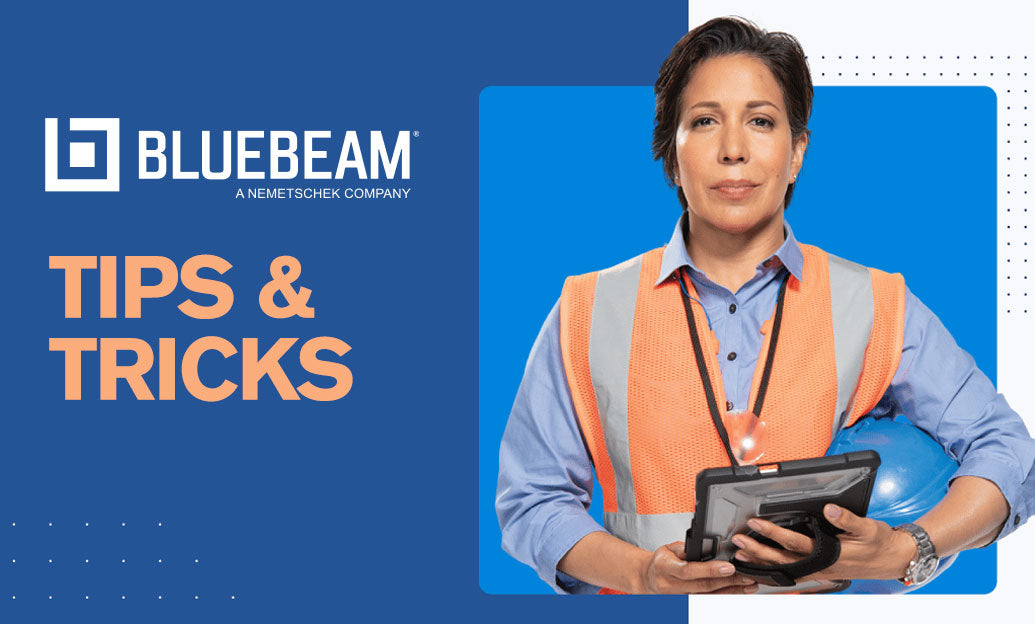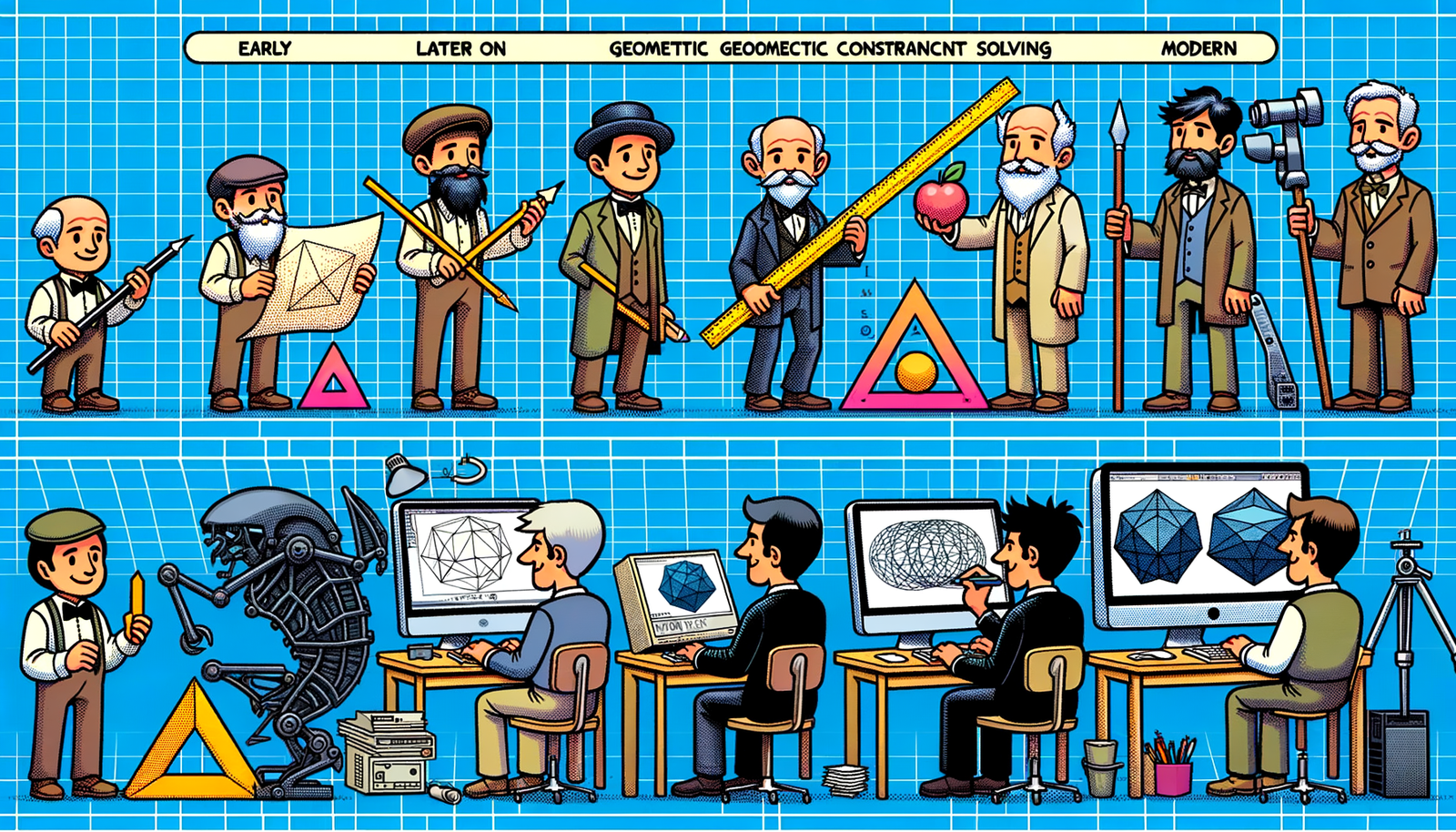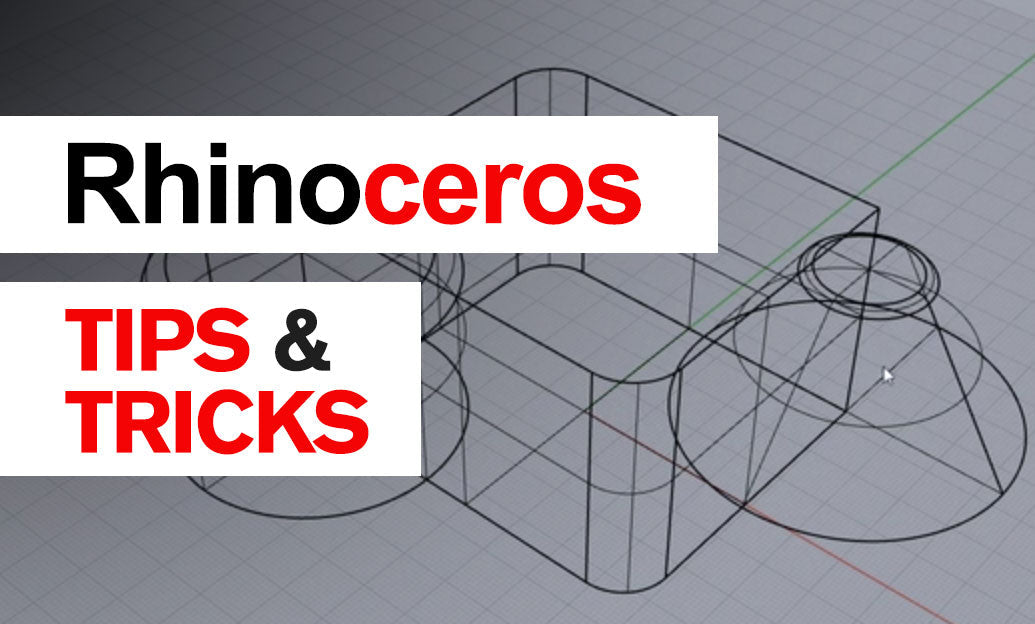Your Cart is Empty
Customer Testimonials
-
"Great customer service. The folks at Novedge were super helpful in navigating a somewhat complicated order including software upgrades and serial numbers in various stages of inactivity. They were friendly and helpful throughout the process.."
Ruben Ruckmark
"Quick & very helpful. We have been using Novedge for years and are very happy with their quick service when we need to make a purchase and excellent support resolving any issues."
Will Woodson
"Scott is the best. He reminds me about subscriptions dates, guides me in the correct direction for updates. He always responds promptly to me. He is literally the reason I continue to work with Novedge and will do so in the future."
Edward Mchugh
"Calvin Lok is “the man”. After my purchase of Sketchup 2021, he called me and provided step-by-step instructions to ease me through difficulties I was having with the setup of my new software."
Mike Borzage
ZBrush Tip: Integrating ZBrush into a Multi-Application 3D Workflow: Best Practices and Tips
June 27, 2024 2 min read

Welcome to the tip of the day for ZBrush users looking to integrate their work with other 3D software. ZBrush is a powerful sculpting tool on its own, but when combined with other 3D applications, it can be part of an even more potent workflow. Here we will discuss how to smoothly incorporate ZBrush into a broader 3D pipeline.
- Understanding GoZ: GoZ is a ZBrush plugin that provides a one-click solution to transfer your models between ZBrush and other supported 3D software such as Maya, 3DS Max, Cinema 4D, and more. Make sure you have the latest version of GoZ installed for compatibility with your 3D package.
- Consistent Scale: To maintain the correct proportions when moving between applications, establish a consistent scale factor. This ensures your model dimensions remain accurate throughout your workflow.
- Mesh Optimization: Before exporting your high-poly mesh, consider using ZBrush's Decimation Master to reduce the polygon count. This will make your mesh easier to handle in other 3D applications without significantly compromising detail.
- UV Mapping: If texturing is part of your workflow, be sure to create UV maps in ZBrush using the UV Master plugin. Well-organized UVs are essential for texturing in applications like Substance Painter or Mari.
- Exporting Textures: When you are ready to export your polypainted model, use the Multi Map Exporter plugin to export your textures. This will allow you to generate maps such as diffuse, normal, and displacement maps that are essential for the texturing process in other software.
- Handling SubTools: If your ZBrush project has multiple SubTools, remember to merge them appropriately or export them individually depending on how they will be used in the receiving software. It can be handy to name your SubTools descriptively to keep track of them in complex scenes.
- Non-Destructive Workflow: Keep your original ZBrush files intact before moving to another software. This allows you to make changes in ZBrush later on if required and re-export your models seamlessly.
- Communication with Rigging and Animation: If your model will be rigged or animated, ensure that the topology is suitable for deformation. You may need to retopologize your sculpt in ZBrush or another application to create an animation-friendly topology.
By following these tips, you can effectively bridge the gap between ZBrush and other 3D applications, enriching your creative possibilities and streamlining your production pipeline. For a wide range of ZBrush resources and to purchase software licenses, visit NOVEDGE.
You can find all the ZBrush products on the NOVEDGE web site at this page.
Also in Design News

Bluebeam Tip: Maximize PDF Security and Efficiency with Bluebeam Revu's Flatten Tool
December 02, 2024 1 min read
Read More
Design Software History: Evolution and Impact of Geometric Constraint Solving in CAD History
December 02, 2024 2 min read
Read More
Rhino 3D Tip: Enhancing Scale Modeling Accuracy in Rhino 3D: Essential Tips for Designers and Engineers
December 02, 2024 2 min read
Read MoreSubscribe
Sign up to get the latest on sales, new releases and more …


